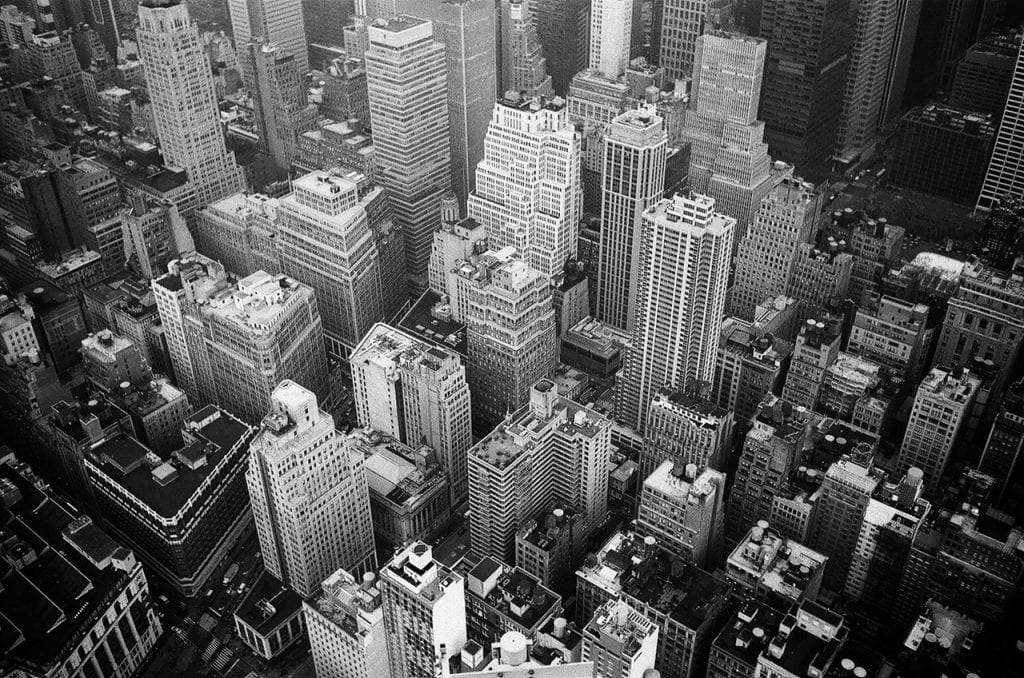Once bustling cities and towns across the UK were brought to an instantaneous halt when the Covid-19 pandemic hit at the start of 2020. They literally emptied overnight. These locations were forced into adopting an agile approach to overcoming challenges and implementing measures that support advancing environmental objectives as part of their recovery plans.
The Smart City
Technology is at the heart of transformation. It has played a major role in the pandemic thus far and so will continue to do so, moving forwards. It has helped us to maintain social distancing measures and continue business, albeit, in a different way. There’s no doubt that the crisis has brought about further and deeper interest in the ‘smart city’ policy approach whereby these locations work closely with the private sector to design and implement the use of technology within public infrastructure, to help reduce the shortcomings of urbanisation for it’s citizens.
Remote working
Remote working is now part of everyday life. For those businesses which didn’t adopt this way of working pre-pandemic, they were forced into doing so and for many, this has ‘normalised’ this way of working for the future. This, in turn, has impacted and will impact the use of office spaces as we move forwards. Our previous blogs have all touched on this, from office space changing to residential space and people leaving cities behind post pandemic.
Urban mobility
Urban planners have had to rethink their approaches regarding urban space, taking into account alternative mobility measures. Already, many cities and towns are exploring transformation mobility plans by turning roads into open streets and investing more in active mobility infrastructure.
Urban green spaces
As discussed in our latest blog, in urban areas which aren’t situated close to the countryside, these areas are of paramount importance as they offer an immediate space to retreat to within a city environment. Urban green spaces are extremely varied – They can range from parks, allotments and nature reserves to sports pitches and much more.
There is rising pressure on city planners to ensure that limited space is put to its optimum use. Green spaces are only present in urban areas at the expense of buildings, and as such it is important that they are designed well to offer to greater benefit to the widest population. Urban green space is an important investment that local authorities can make on behalf of citizens and their wellbeing. Informed green space design will help create a healthier, happier and more productive urban landscape, while there may be wider benefits still for the environment and the economy.
Looking to the future
As towns and cities move from responding to emergency situations to long-term post-pandemic recovery strategies, decisionmakers for our cities will need to utilise every tool possible to accelerate recovery, such as innovative technologies and widening digital access and participation.
This will allow urban planners and policymakers to make better investments to ensure the infrastructure for these urban centres are better for the environment, public health and the economy in general.
For our cities to be part of a sustainable green recovery, the planning approaches and policy responses needed will have to demonstrate long-term innovation and resilience that go much further than a temporary measure to restart the economy.
Recovery measures will need to reassess how our towns and cities need to function. They need to address socioeconomic inequality and environmental damages caused by urban living and, over and above anything, build back both better and smarter.
If you need help or advice with any of your planning needs, please contact us now: 01242 231575 or email info@sfplanning.co.uk

